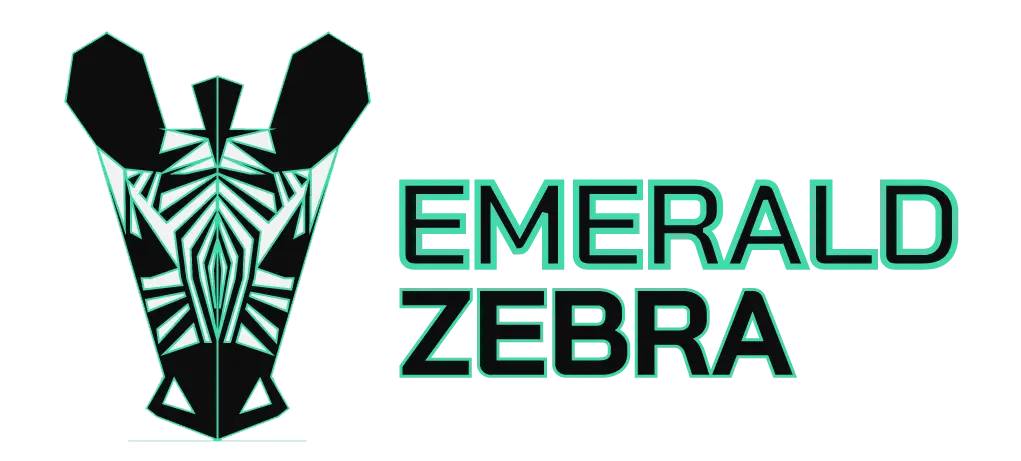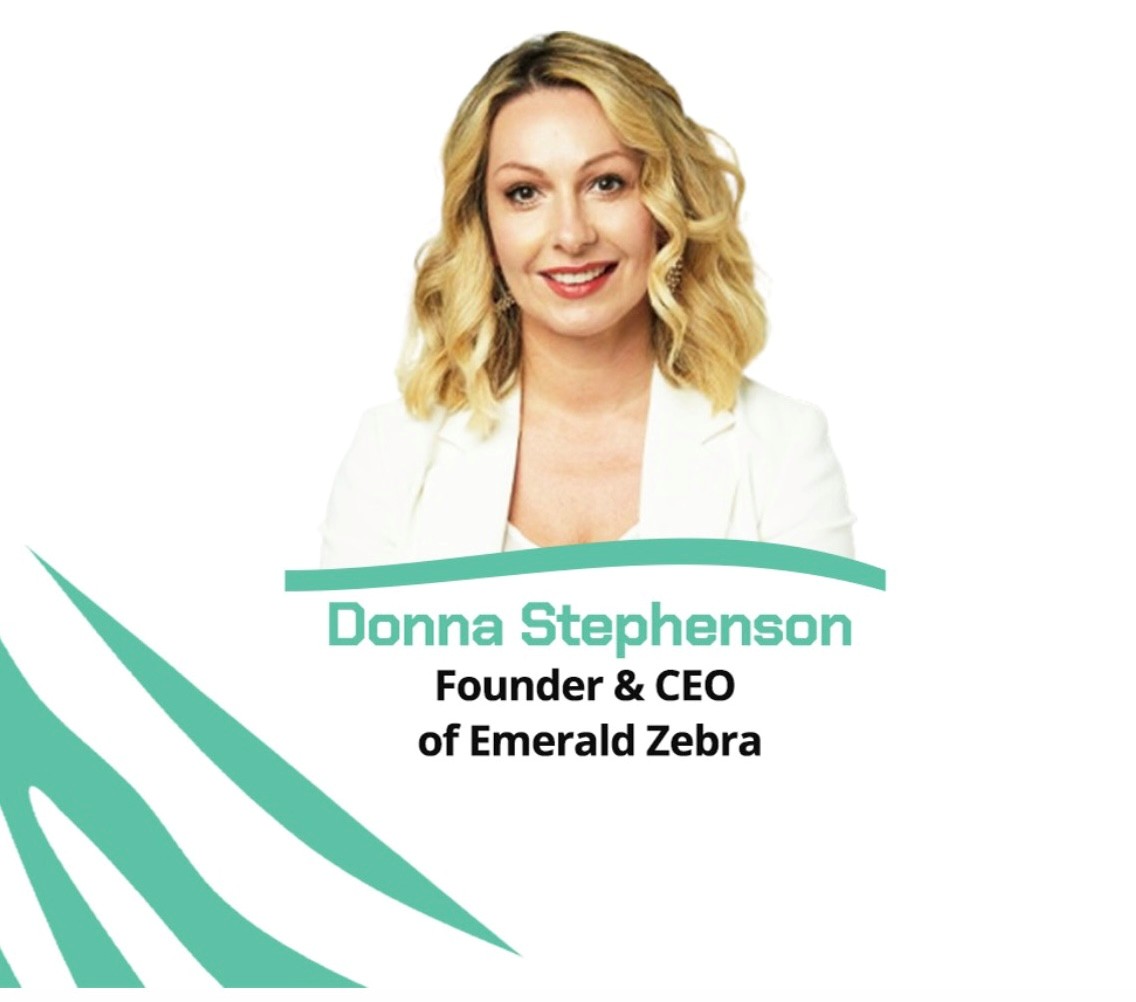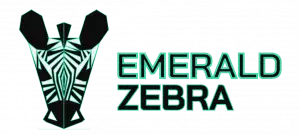Your CV is your personal marketing tool—your first chance to showcase your skills and achievements to a potential employer. While tailoring your CV to the specific role you’re applying for is essential, there are foundational steps you can take to ensure it is always polished, professional, and easy to adapt.
At Emerald Zebra, we’ve outlined a simple structure to help you build a CV that looks great and reads even better.
How to Structure Your CV
1. Contact Details
Use your most frequently checked phone number and email address to ensure you never miss an opportunity. A missed call or email could mean a missed interview, so stay accessible.
2. Personal Summary
Your CV should start with a brief personal summary. This isn’t just a list of your skills—it’s a snapshot of who you are as a professional. Focus on specific experience and accomplishments that align with the job ad, rather than generic statements.
3. Skills
Include a concise, bulleted list of key skills that are directly relevant to the role. For example:
- Proficiency in specific software
- Leadership or team management
- Languages or certifications
This section should immediately capture the recruiter’s attention and demonstrate your suitability for the role.
4. Experience
Highlight your work history, including any volunteer roles or internships. For each position, focus on:
- Key responsibilities
- Business or project successes
- Quantifiable achievements that showcase your impact
Tip: Add a brief sentence about each employer, describing what they do and where they are located. This provides context and makes it easier for recruiters to understand your experience.
- Work backward, starting with your most recent role.
- Avoid gaps—if you took time out to travel or upskill, include that information.
5. Education
List your academic qualifications, including:
- Institution name
- Dates
- Course title
- Grade achieved
Also, highlight any relevant training, certifications, or memberships in professional organizations.
6. References
There’s no need to include full references unless explicitly requested. A simple “References available upon request” will suffice.
7. Photo
There is no need to include a photo on your CV.
8. Optimizing Your CV with Relevant Keywords
When applying for jobs, using the right keywords can significantly increase the chances of your CV passing through Applicant Tracking Systems (ATS) and catching the recruiter’s attention. Here’s how you can ensure your CV is optimized with relevant keywords:
1. Tailor Keywords to the Job Description
Carefully review the job posting and identify recurring terms, such as specific skills, qualifications, and industry jargon. Incorporate these into your CV, particularly in the following sections:
- Personal Summary: Highlight your alignment with the role using relevant keywords.
- Skills: Use terms that directly match the job requirements (e.g., “budget forecasting,” “data analysis,” “CRM systems”).
- Experience: Match the employer’s phrasing where applicable, such as “project management” or “client relationship building.”
2. Highlight Industry-Specific Skills
For highly specialized roles, include technical terms or certifications commonly used in your field. Examples:
- IT/Tech: Agile, Python, Cloud Computing, Cybersecurity
- Finance: Risk Assessment, Financial Modeling, IFRS Standards
- Marketing: SEO, Content Strategy, Campaign Optimization
3. Use Action Verbs and Impact-Oriented Phrases
Instead of generic terms, use dynamic action verbs and measurable outcomes. For instance:
- Replace “responsible for” with “led,” “developed,” or “executed.”
- Quantify achievements: “Increased sales revenue by 30%” instead of “Improved sales.”
4. Include Soft Skills Where Relevant
If the job posting emphasizes interpersonal qualities, integrate terms like:
- Collaboration
- Leadership
- Problem-solving
- Communication
However, back these up with examples to avoid generic statements.
5. Add Relevant Certifications, Foreign Languages and Tools
List any certifications, software proficiencies, or tools mentioned in the job description. For example:
- Certifications: PMP, CFA, Six Sigma
- Tools: Salesforce, Tableau, QuickBooks
6. Keep it Natural and Authentic
While it’s important to use keywords, avoid keyword stuffing. Ensure the CV reads naturally and focuses on showcasing your genuine skills and experiences.
Building a Tailored CV
While it’s helpful to have a general CV as a starting point, you should always tailor your application for each job. Study the job description and adjust your skills, experience, and personal summary to align with the employer’s requirements according to your unique experience and qualifications.
Need Help Perfecting Your CV?
At Emerald Zebra, we offer expert advice to help you create a CV that stands out.
Get in touch with us today!
Let’s make your career move smarter, together.




